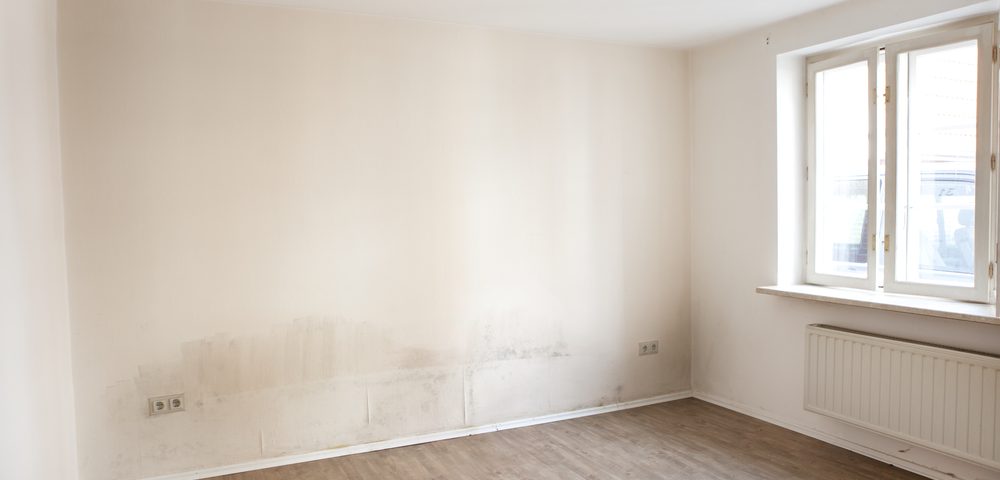
White stains on walls can be an eyesore, detracting from the overall aesthetic appeal of your home. These unsightly marks often appear suddenly and can leave you wondering what caused them and how to get rid of them. Understanding the root cause of these white stains on walls is essential for effective removal. This article will delve into the common causes of white wall stains and provide practical tips for their easy removal, helping you restore your walls to their former glory.
This comprehensive guide will explore various factors contributing to white stains on walls, including water damage, mold growth, efflorescence, and soap scum buildup. We’ll also discuss effective cleaning solutions tailored to each specific cause, ensuring a thorough and successful stain removal process.
Causes of White Wall Stains
White stains on walls can arise from a multitude of sources, ranging from everyday occurrences to more serious structural issues. Identifying the culprit behind these unsightly marks is crucial for selecting the appropriate removal method. Some common causes include:
- Water Damage: Leaks in pipes, roofs, or windows can lead to water seeping into walls, causing discoloration and staining.
- Mold and Mildew Growth: Damp environments provide a breeding ground for mold and mildew, which often manifest as white, fuzzy patches on walls.
- Efflorescence: This mineral deposit appears as white powdery stains on walls due to the presence of salts in masonry materials.
- Soap Scum Buildup: Residue from cleaning products or hard water can accumulate on walls, forming stubborn white stains.
Water Damage Stains
Water damage is a frequent cause of white stains on walls, often resulting from leaks or flooding. Identifying the source of the leak is paramount to preventing further damage and ensuring effective stain removal.
- Signs of Water Damage: Look for signs like bubbling paint, warped drywall, musty odors, and water stains that may appear as light brown or yellow patches before turning white.
- Addressing the Leak: Once the source of the leak is identified, it’s crucial to repair it promptly to prevent further water intrusion and potential mold growth.
Mold and Mildew Growth
Mold and mildew thrive in damp environments, often appearing as fuzzy white patches on walls. These fungi can pose health risks, so prompt removal is essential.
Identifying Mold:
- Appearance: White, gray, or black fuzzy patches on walls, ceilings, or around windows.
- Odor: A musty, earthy smell often accompanies mold growth.
Removing Mold Safely:
- Ventilation: Ensure adequate ventilation by opening windows and using fans to circulate air.
- Protective Gear: Wear gloves, a mask, and goggles to protect yourself from mold spores.
- Cleaning Solution: Use a mixture of water and bleach (1 cup bleach per gallon of water) or a commercial mold remover. Apply the solution to the affected area, let it sit for 10-15 minutes, then scrub with a brush and rinse thoroughly.
Efflorescence on Walls
Efflorescence is a white powdery deposit that appears on walls made of masonry materials like brick or concrete. It occurs when salts present in the building materials dissolve in moisture and crystallize on the surface.
- Identifying Efflorescence: Look for white, chalky patches on exterior walls, often near windows or doors.
- Preventing Efflorescence: Ensure proper drainage around your home to prevent water from pooling against walls. Seal cracks and gaps in masonry to reduce moisture penetration.
Removing White Wall Stains
The removal method for white stains on walls depends on the underlying cause.
General Cleaning:
- Mild Detergent Solution: Mix a few drops of mild dish soap with warm water. Apply the solution to the stain using a sponge or cloth, gently scrub, and rinse thoroughly.
- Baking Soda Paste: Create a paste by mixing baking soda with water. Apply the paste to the stain, let it sit for 15-20 minutes, then scrub and rinse.
Specialized Treatments:
- Mold and Mildew: Follow the mold removal instructions outlined earlier.
- Efflorescence: Use a stiff brush to remove loose efflorescence. For stubborn stains, apply a solution of muriatic acid diluted with water (follow product instructions carefully). Rinse thoroughly after treatment.
Conclusion
White wall stains can be frustrating, but understanding their causes and employing the right removal techniques can effectively address these blemishes. By identifying the source of the stain – whether it’s water damage, mold growth, efflorescence, or soap scum buildup – you can select the appropriate cleaning solution for successful removal. Remember to always prioritize safety when dealing with potential hazards like mold and chemical cleaners. With a little effort and the right approach, you can restore your walls to their pristine condition and enhance the overall aesthetic appeal of your home.
